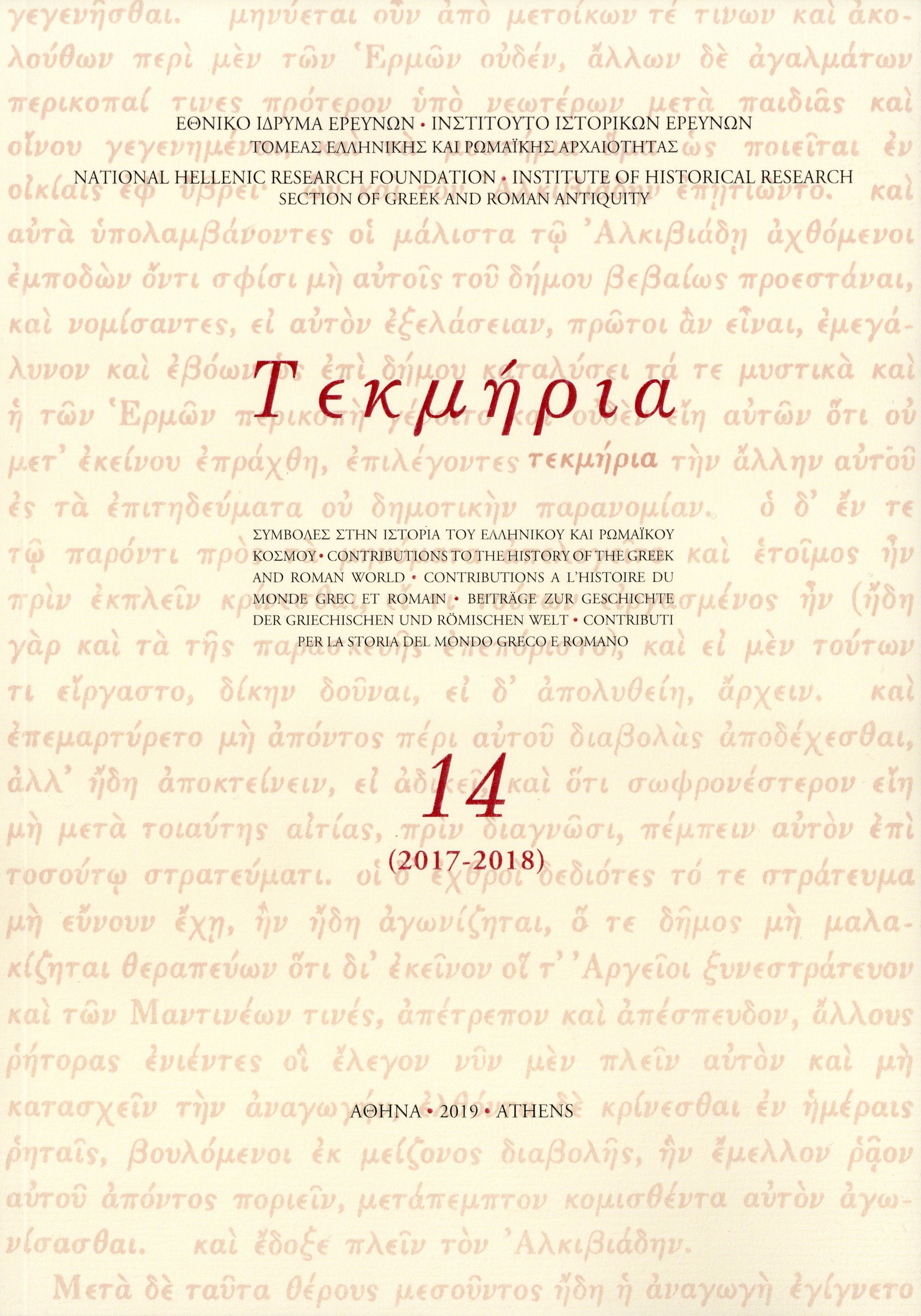Proskynēsis: From a Persian Court Protocol to a Greek Religious Practice

Abstract
Greek ambassadors who were granted an audience before the Persian King were required to observe a certain form of court ritual. Although the Persian proper name for this ritual has since been lost to us, the Greeks called this act of homage proskynēsis; a term normally understood to refer to the act of “falling down” and prostrating oneself before the king. At the same time, the Greeks employed a gesture also called proskynēsis, which was performed when addressing a divine entity. These two acts, while different in their functions, shared the same name on the basis that their outward appearances bore a co- incidental likeness to each other. Greek ambassadors, who would have come to Susa for the purpose of petitioning assistance from the Great King, were rigorously hesitant to follow the Persian practice, arguing that the religious practice of proskynēsiswas reserved exclusively for the divine among them. In this paper, I endeavour to elucidate the true nature of this Persian court pro- tocol, and to show why the Greeks were so unwilling to perform this ceremo- nial act. I conclude that the normal posture of the Persian proskynēsis was most represented by that of a bow with a hand raised up to the mouth, the depth of the bow being dependent on the ethnicity of those performing it and their relative status. In contrast to the Greek version, this Persian proskynēsiswas a rather secular practice, serving to authenticate social hierarchy between su- periors and inferiors. Even though some of the Greek ambassadors must have been aware of this, or perhaps as a direct result of this understanding, they remained loath to accept the insult that offering proskynēsiswould cause to the belief of their perceived freedom from Persian subjugation.
Article Details
- How to Cite
-
Abe, T. (2018). Proskynēsis: From a Persian Court Protocol to a Greek Religious Practice. Tekmeria, 14, 1–45. https://doi.org/10.12681/tekmeria.14682
- Issue
- Vol. 14: (2017-2018)
- Section
- Articles

This work is licensed under a Creative Commons Attribution-NonCommercial-ShareAlike 4.0 International License.
Copyright
The copyright for articles in this journal is retained by the author(s), with first publication rights granted to the journal. Authors who submit articles to this journal confirm that third-party intellectual property rights are not violated in any way. By virtue of their appearance in this open access journal, articles can be used freely, with proper attribution, for educational and other non-commercial purposes. The National Hellenic Research Foundation retains the right to publish papers that appear in ΤΕΚΜΗΡΙΑ in any form, including electronic, the journal may assume in the future. It also retains the right to deposit articles published in ΤΕΚΜΗΡΙΑ in its institutional repository.
Sample attribution: Author, article title, first published in ΤΕΚΜΗΡΙΑ, Vol. No., Year, Pages.


